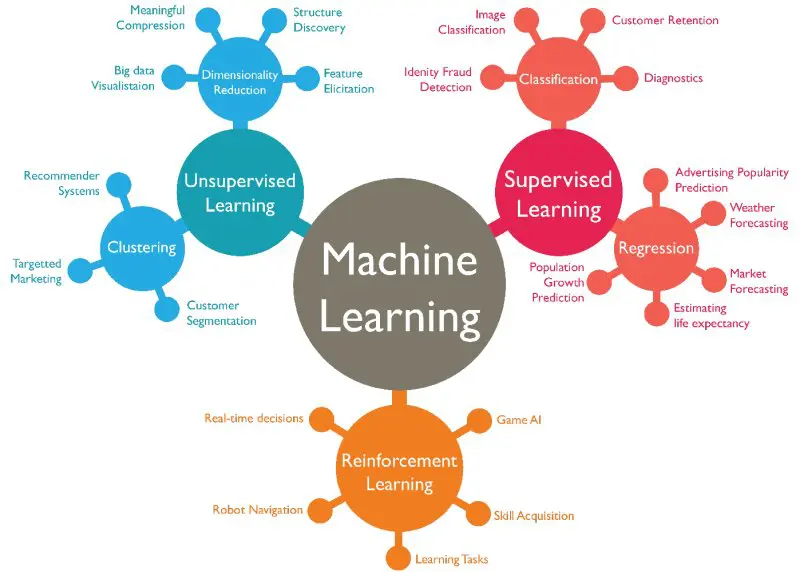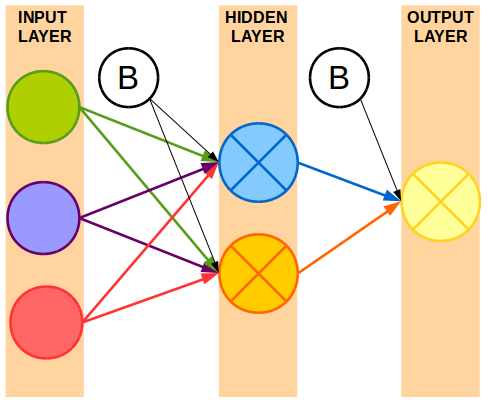
Lesson 2.1: Machine Learning Basics
Introduction to machine learning: Machine Learning (ML) is a subset of AI that focuses on developing algorithms that can learn patterns from data. Instead of being explicitly programmed, these algorithms improve their performance through experience.
Supervised, unsupervised, and reinforcement learning:

Lesson 2.2: Neural Networks
Explaining neural networks: A neural network is a model inspired by the human brain. It consists of interconnected layers of nodes (neurons) that process and transmit information. Each connection has a weight, which is adjusted during training.

Role of neurons and layers:
Lesson 2.3: Training and Learning
Data collection and preprocessing: Training a machine learning model requires data. This data needs to be cleaned and organized before it's fed into the model. The quality of data greatly influences the model's performance.
Training process and optimization: During training, the model adjusts its weights to minimize errors. Optimization algorithms help find the best weights for accurate predictions.

Lesson 2.4: Making Predictions
Inference and making decisions: After training, the model can make predictions or decisions based on new, unseen data. This is called inference. For instance, a trained model can predict whether an email is spam or not.
Using trained models in real life: Trained models are deployed in various applications, like self-driving cars, language translation, and even medical diagnoses.
